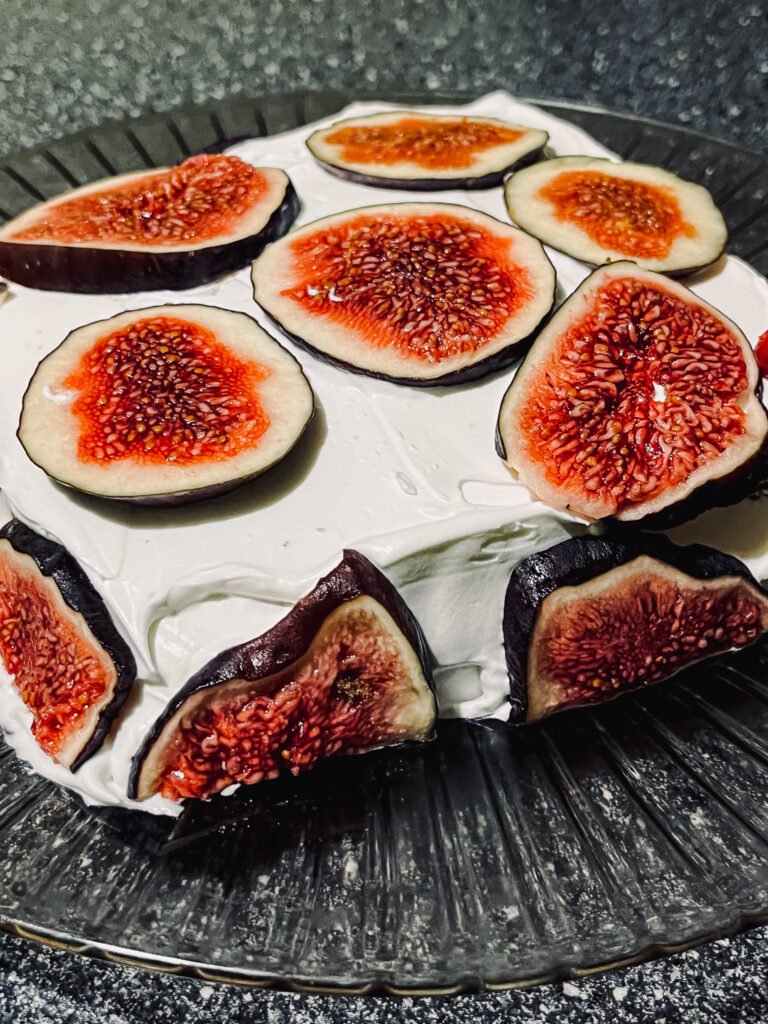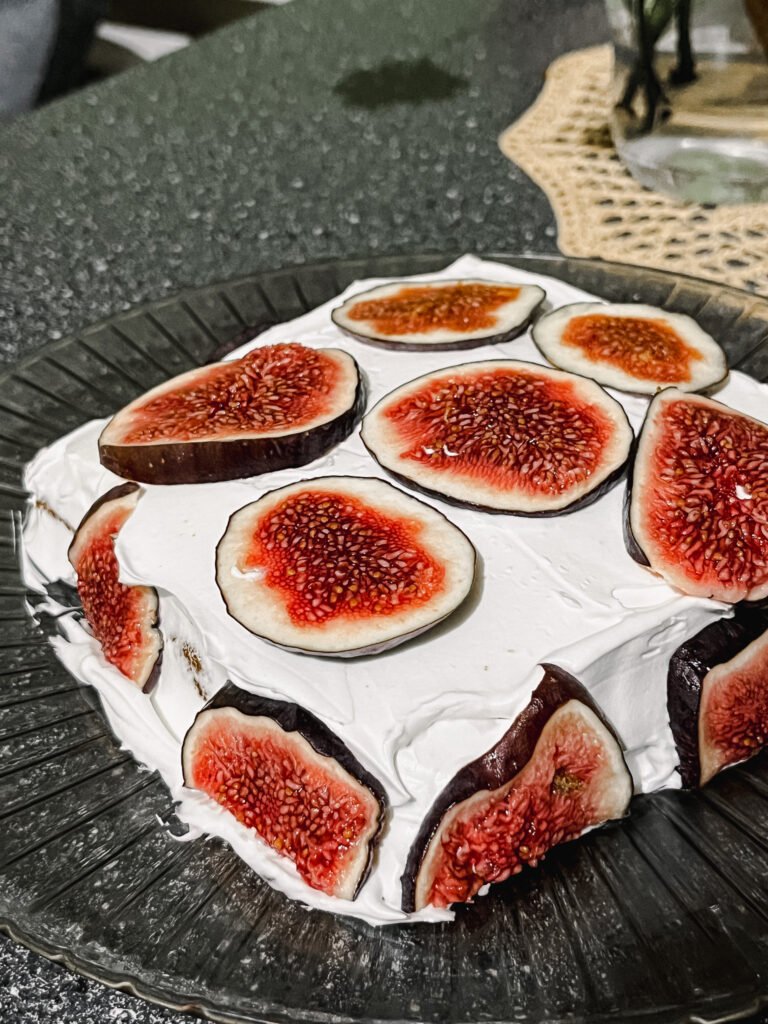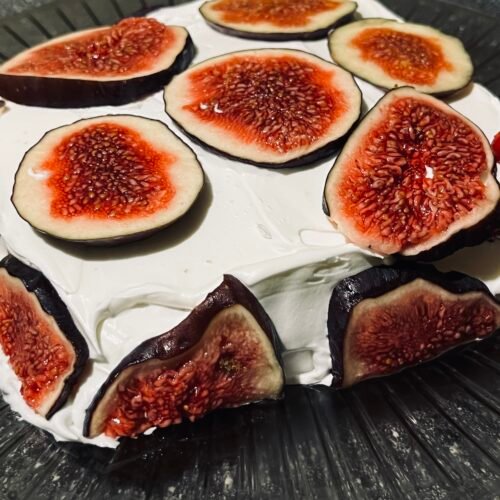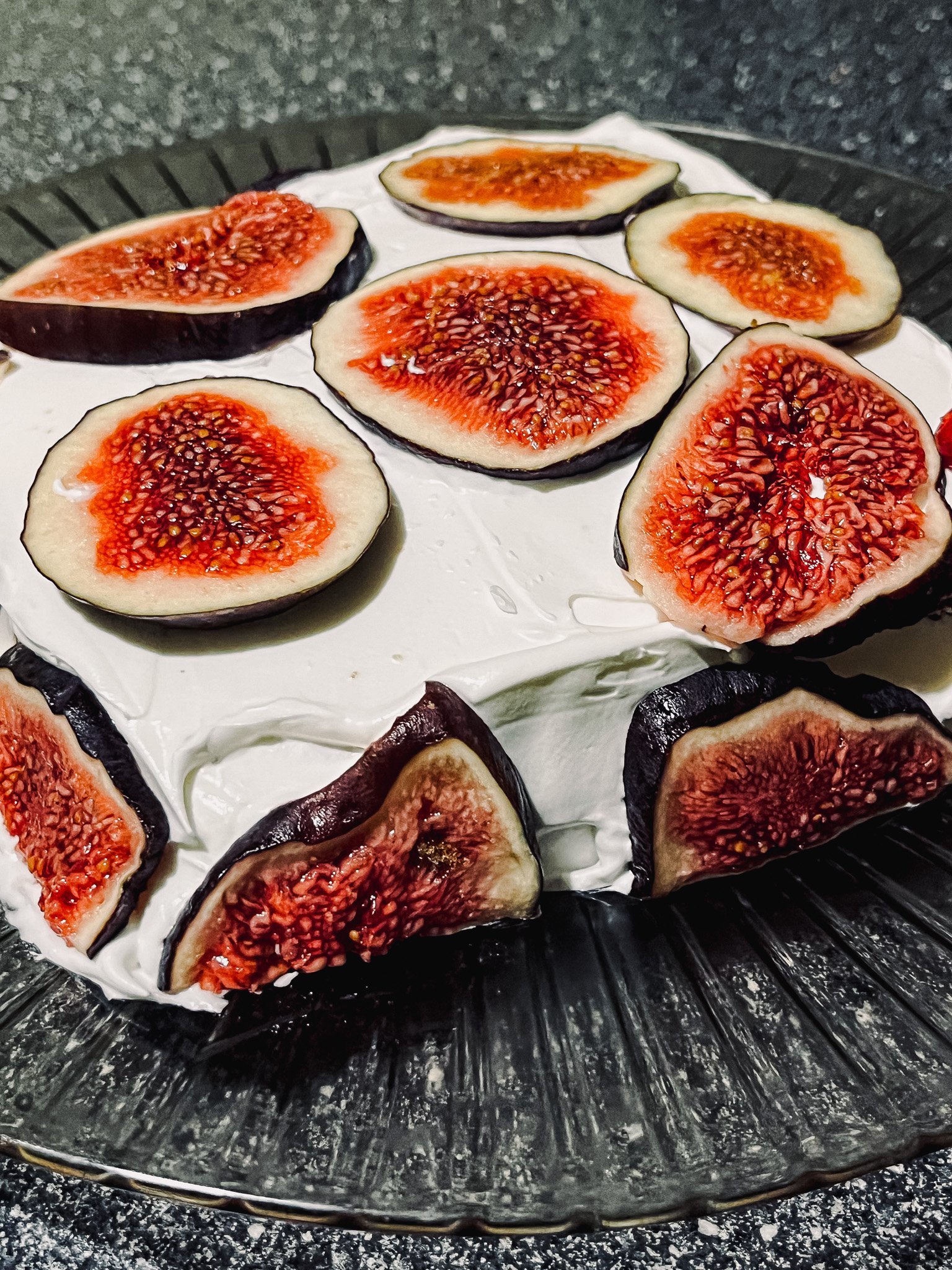In the world of culinary creativity, vegan baking has long been shrouded in myths, with many skeptics questioning the possibility of achieving the same level of indulgence without traditional ingredients. However, as the popularity of plant-based lifestyles continues to rise, so does the innovation in vegan baking. Let’s debunk the misconception that vegan baking is an insurmountable challenge and explore how the increasing availability of plant-based products is making it easier than ever to create delicious treats.
The Evolution of Vegan Baking

In the early days of vegan baking, enthusiasts faced the challenge of reimagining classic recipes without the familiar richness that eggs and dairy traditionally provided. This posed a creative hurdle, leaving many wondering if achieving the same decadence was within reach. However, as the culinary landscape shifted towards accommodating diverse dietary choices, the demand for plant-based alternatives surged. In response to this growing interest, food innovators began developing a wide array of plant-based substitutes that not only replicated the textures and flavors of traditional ingredients but often surpassed them, turning vegan baking into a rewarding and enjoyable culinary experience. Now, with an ever-expanding repertoire of plant-based ingredients, bakers can explore and experiment, creating delectable treats that align with both their dietary choices and their desire for delicious, indulgent flavors.
A Surprising Discovery - Oat Cream for Baking
Having ncharted culinary territory, I discovered a new and intriguing product – oat cream meticulously crafted for baking. Skepticism lingered in the air as I pondered whether this plant-based alternative could genuinely rival the richness and texture of its traditional dairy counterpart. Intrigued by the potential, I embarked on a kitchen experiment to put this oat cream to the ultimate test. Much to my delight, the oat cream not only met but exceeded expectations. Its velvety smoothness and a subtle hint of oat flavor added a unique touch, making it an exceptional substitute for traditional cream.
Excited by the results, I eagerly set out to incorporate this newfound gem into a delectable creation. Opting for the simplicity of a sponge pie, I envisioned a dessert that not only embraced the virtues of plant-based alternatives but also showcased the versatility and excellence of this innovative oat cream. The experiment unfolded as a testament to the ever-expanding world of plant-based possibilities, proving that delectable, indulgent treats are not only achievable but thrive in the realm of vegan baking innovation.
The Verdict: A Symphony of Flavors
The result was a symphony of flavors that not only challenged the misconception surrounding vegan baking but also showcased the delightful possibilities that emerge when embracing plant-based alternatives. The oat cream, with its unique charm, elevated the pie to a level of decadence that proved plant-based desserts can be just as indulgent. So here goes the recipe 🙂


Plant Based Fig Cake with Oat Cream
Ingredients
- 1 Vegan sponge pie (store-bought or homemade)
- 250 ml oat cream for whipping
- 1 lemon
- 50 g powdered sugar
Instructions
- Whether you're using a store-bought or homemade vegan sponge pie, ensure it is cooled and ready for assembly. If you're making it from scratch, follow your favorite vegan sponge cake recipe.
- In a mixing bowl, pour the oat cream. Using an electric mixer, whip the oat cream until it begins to thicken.
- Gradually add sugar to the whipped cream while continuing to mix. Adjust the sweetness to your liking.
- Introduce a splash of fresh lemon juice to the cream, incorporating a hint of tanginess. Continue whipping until you achieve soft peaks.
- Carefully cut the sponge pie horizontally to create two even layers. If you desire a taller pie, repeat the process for additional layers.
- Take the whipped oat cream and generously spread it over the bottom layer of the sponge pie, ensuring an even distribution.
- Place the second layer of the sponge pie on top of the oat cream-covered base.
- Repeat the process by spreading another layer of whipped oat cream on top. This creates a luscious and creamy filling between the cake layers.
- Wash and slice fresh figs (or other preferred fruits like kiwis) for decoration.
- Artfully arrange the fruit slices on top of the whipped oat cream layer. Feel free to let your creativity shine in this step.
- Place the assembled cake in the refrigerator for at least a couple of hours to allow the oat cream to set and the flavors to meld.
- Once chilled, remove the plant-based sponge pie from the refrigerator, slice, and serve. Embrace the delightful fusion of the soft sponge, whipped oat cream, and the natural sweetness of fresh figs.
Whipping the oat cream adds an airy and luxurious texture to this plant-based sponge pie, transforming it into a dessert that not only challenges misconceptions about vegan baking but elevates it to a whole new level of indulgence. With the mixer’s magic, the oat cream becomes a delightful counterpart to the sponge, creating a dessert experience that is not just plant-based but a true celebration of flavor and innovation.






